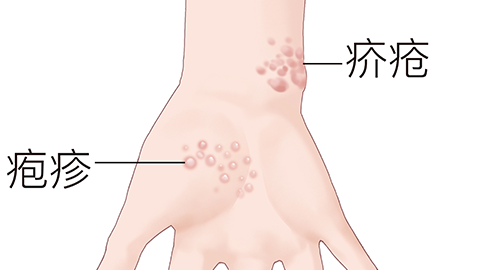Can scabies occur on the face?
In general, whether scabies occurs on the face depends on the population. Scabies is rarely seen on the faces of adults, but may appear on the faces of infants and young children. This is related to skin characteristics and the parasitic preference of Sarcoptes scabiei. The specific analysis is as follows:

Sarcoptes scabiei prefer to parasitize in thin, warm, moist skin folds. Common affected areas in adults include the finger webs, wrists, armpits, and groin. Facial skin is relatively thick and cleaned frequently in daily life, making it difficult for the mites to colonize and reproduce. Therefore, scabies typically does not appear on the adult face, except in a few cases involving individuals with compromised immune function. In contrast, infants have tender skin and weaker barrier function, making it easier for the mites to breach the skin barrier and spread to the face. Commonly affected facial areas in infants include the forehead, cheeks, and chin. Symptoms may include tiny papules, vesicles, and itching, which can lead to crying and scratching by the infant.
In daily life, if there is a scabies patient in the household, special attention should be paid to the skin condition of infants' faces. Regular cleaning of infants' clothing and bedding, followed by disinfection by boiling in hot water, is recommended. If an adult develops unexplained itchy rashes on the face, they should consider whether similar symptoms exist on other parts of their body for comprehensive assessment. At the same time, family protection measures should be taken to prevent the spread of Sarcoptes scabiei.





